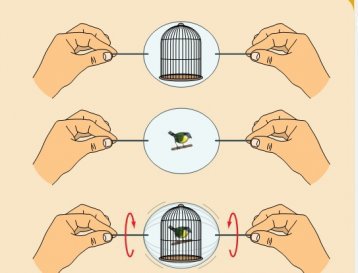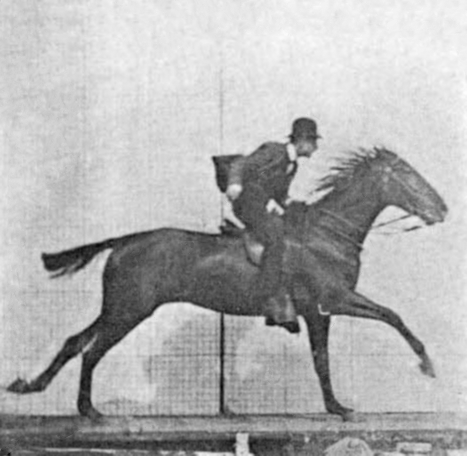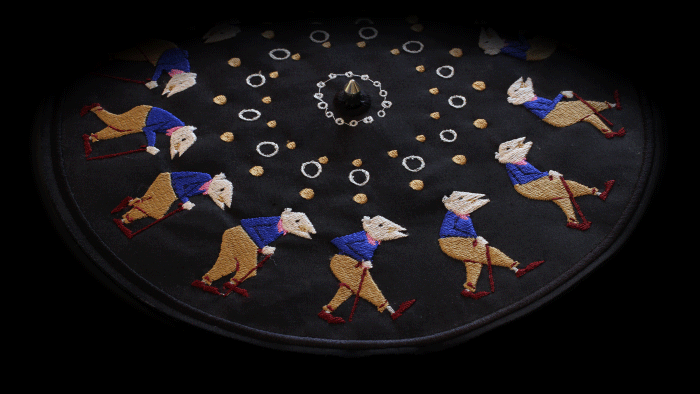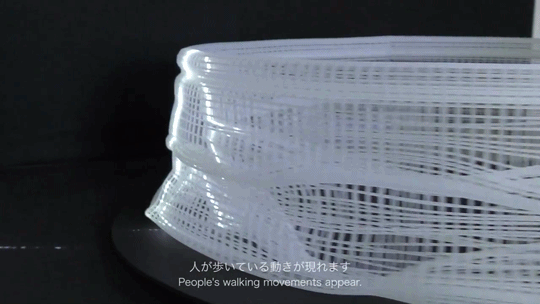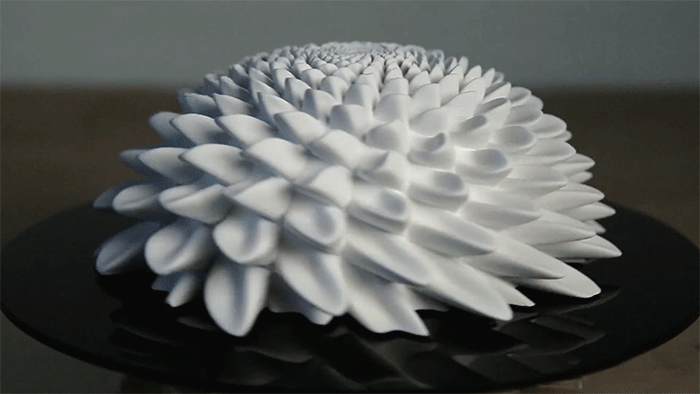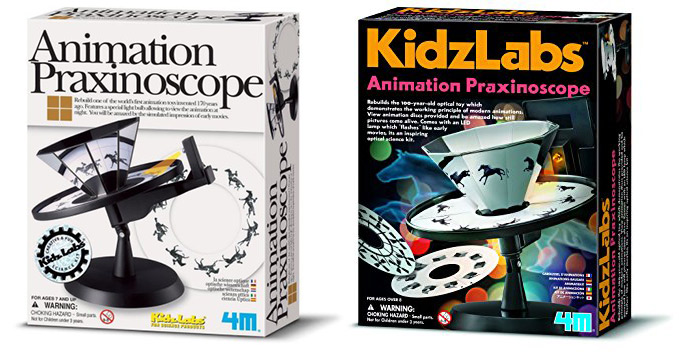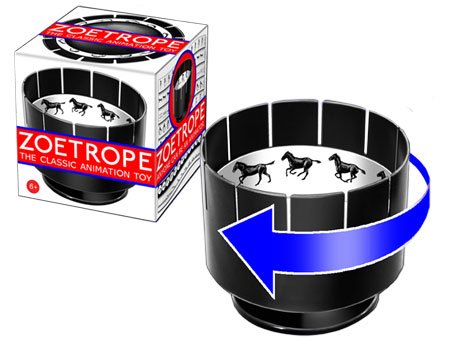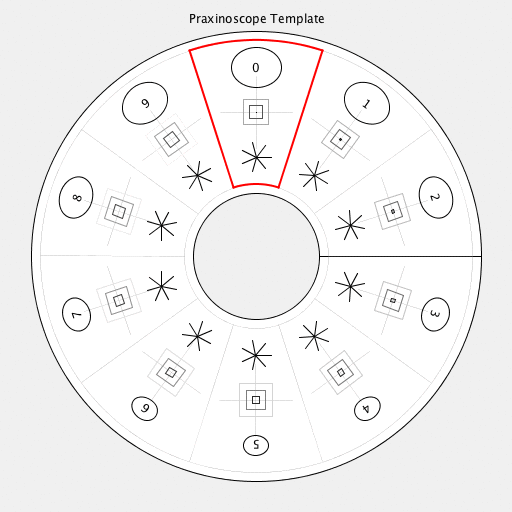Jan 26
Loops, Yo!
Thanks to Chris Jobson of the ThisIsColossal blog for lots of great links.
A Consideration of Graphical Nuance
How many ways can you think of to convert a circle to a triangle?
In this Circles to Triangles project, I demonstrate 14 methods that I could think of.
The point of this demonstration is to sensitize you to details of computational craft.
Some graphics basics and tricks
- The transformation matrix; pushMatrix(), popMatrix(), scale, translate, etc.
- random() vs. Perlin noise(). p5’s randomGaussian(). Random seeds.
- The modulus operator; map(), constrain()
- Simple sinusoids; circular motion. Lissajous figures!
- here’s a demonstration of looping noise (Processing)
- shaping functions, easing functions, and unit generators (Pattern_Master, p5.js-func) can be used to create nonlinear movement.
- Luke DuBois’ p5.js-func (JavaScript) is a proper library which you can include into your project.
- My Pattern_Master (Processing/Java) is just a collection of functions. You’ll have to copy/paste code directly to use the functions you want.
Early Cinema Devices
Basically all early cinema was looping, from ~1824-1890.
Let’s learn a little history about early cinema devices.
The invention of the Thaumatrope is usually credited to British physician John Ayrton Paris. Paris was said to have used one to demonstrate persistence of vision to the Royal College of Physicians in London in 1824. It consists of a disk with different images on each side; when spun quickly, persistence of vision fuses the images into a simple animated scene. Below are some Thaumatropes from the Richard Balzer collection.
Invented by Belgian physicist Joseph Plateau in 1833, the Phenakistoscope is largely considered to be the first mechanism for true animation. This article at Colossal shows a terrific collection of Phenakistoscopes.
The Zoetrope was invented in 1834 by William George Horner. The Zoetrope is the third major optical toy, after the Thaumatrope and Phenakistoscope, that uses the persistence of motion principle to create an illusion of motion.
When the Praxinoscope was invented by Emile Reynaud in 1877, its mirrors offered a brighter image than the image seen through the Zoetrope’s slits, and interest in the Zoetrope soon declined.
Here’s the difference:
Things got really exciting with the invention of the gelatin emulsion by Richard Maddox (fast chemical photography) in 1871 – and soon thereafter, chronophotography, in the mid-1870s. Suddenly these devices can depict movement with photographic media, and not just hand-drawn animations!
Eadweard Muybridge, June 1878
Some Looping Art
Physical Cinema: Loops on Physical Things
- Stroboscopic loops on Easter eggs by Jiri Zemanek
- Pablo Garcia, Profilograph (After Durer)
- All Things Fall by Mat Collishaw & Sebastian Burdon (note: violence)
- John Edmark creates 3D printed sculptures that demonstrate phyllotaxis, similar to the arrangements of many plant parts; these are sculptures designed to be observed with a stroboscope or through a well-timed video shutter.
Computationally generated GIFs
Many artists maintain GIF channels:
- Dave Whyte: https://beesandbombs.tumblr.com/
- Saskia Freeke: https://twitter.com/sasj_nl
- Étienne Jacob: https://twitter.com/n_disorder
- Paolo Čerić: http://patakk.tumblr.com/ (& at Colossal)
- Davidope: http://dvdp.tumblr.com/tagged/dvdp%20done
New Looping Cinema
Loops are now here to stay, and inform (and are informed by) other cinematic practices.
- Civilization by Marco Brambilla (2009)
- Rear Window Timelapse by Jeff Desom (2012)
- Cinemagraphs are an interesting hybrid of video and photography.
A Praxinoscope / Zoetrope Activity
We will use a Praxinoscope and/or a Zoetrope as part of Deliverables #2.
We will start our in-class activity:
Code Templates (Processing only)
Claire’s Picks

